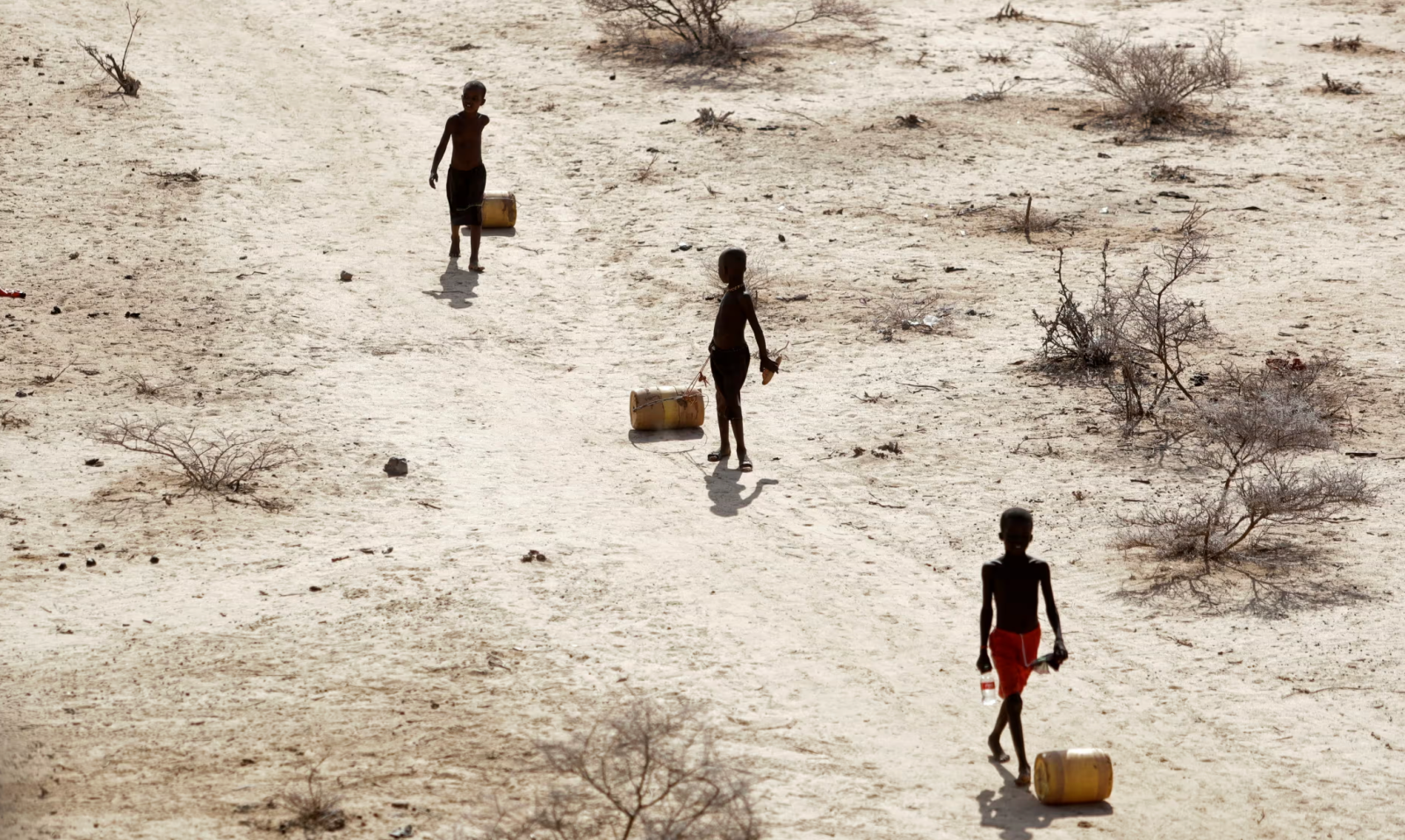
The US had initially pledged just $17.5 million (£13.5 million) to the fund—an amount widely seen as insufficient given the scale of climate-related damage worldwide. Now, the country is pulling out of the initiative entirely, reinforcing its reputation as a reluctant participant in international climate agreements.
In a letter to the fund's board, Rebecca Lawlor, deputy director at the US Office of Climate and Environment, confirmed the withdrawal, stating:
"On behalf of the United States Department of the Treasury, I write to inform you that the United States is withdrawing from the board for the fund for responding to loss and damage, effective immediately."
The decision has been met with fierce criticism from climate advocates, policymakers, and international organisations, many of whom argue that the US is shirking its responsibilities as the world's largest historical emitter of greenhouse gases.
A Step Backward for Climate Justice
For years, developing nations have pushed for financial compensation to address the catastrophic effects of global warming—many of which they did little to cause. The Loss and Damage Fund was seen as a landmark victory for climate justice, recognizing the disproportionate impact of rising temperatures on countries with minimal carbon footprints.
"The US decision to step away from this commitment at such a crucial moment sends the wrong message to the global community and to those in dire need of assistance," said Mohamed Adow, a climate policy analyst and director of the think tank Power Shift Africa. "This regrettable decision risks undermining collective progress and erodes the trust necessary for effective international cooperation."
The timing of the withdrawal is particularly alarming as climate disasters escalate worldwide. From record-breaking heatwaves and historic flooding to unprecedented wildfires, the consequences of global warming are becoming more severe. Many of the nations most affected—such as small island states and parts of Africa, Asia, and Latin America—are already facing devastating economic and humanitarian crises.
Rachel Rose Jackson, a research director at Corporate Accountability, condemned the decision, calling it an act of deliberate harm:
"Let's be clear—the US has never been a climate champion. Yet the Trump administration's anti-climate action agenda, including its withdrawal from the Loss and Damage Fund board, is a wrecking ball made of dynamite. It's dangerous, it's malicious, and it will destroy lives."
The African Group of Negotiators, a coalition representing the continent's nations in UN climate talks, also strongly criticized the move. Ali Mohamed, the group's chair, said:
"This decision, made by the nation with the largest historical responsibility for climate change, jeopardises vital support for vulnerable countries facing irreversible climate impacts."
A Pattern of Climate Obstruction
This is not the first time the US has turned its back on international climate commitments. Under Trump's leadership, the country previously withdrew from the 2015 Paris Agreement, only to rejoin under Joe Biden. Now, just months after Trump's return to office, the US is once again reversing course.
Trump, who has long dismissed climate action as "unfair" to American industries, framed the withdrawal as a move to protect the US economy. When signing the executive order, he stated:
"The United States will not sabotage our own industries while China pollutes with impunity."
China, while currently the world's largest emitter, is also a leader in renewable energy deployment. The US, in contrast, has prioritized fossil fuel expansion, becoming the world's largest oil and gas producer in recent years.
At the same time, climate-related disasters in the US itself are becoming increasingly severe. From devastating wildfires in California to deadly floods in Florida and Appalachia, the impacts of global heating are no longer distant threats—they are unfolding in real time.
Yet, Trump's administration has continued to dismantle environmental protections, with policies that include:
- Expanding fossil fuel drilling under the slogan "drill, baby, drill."
- Dismantling federal climate agencies tasked with monitoring and addressing climate threats.
- Imposing tariffs on renewable energy components, jeopardizing the US transition to clean power.
What's Next for the Loss and Damage Fund?
Despite the US withdrawal, the Loss and Damage Fund remains operational. As of January 2025, 27 countries had pledged a combined total of $741 million—a small fraction of what is needed but a step toward climate justice.
However, the fund's future remains uncertain without stronger financial commitments from major polluters. Analysts warn that without the participation of the US, which accounts for nearly 25% of historical emissions, the fund's ability to provide meaningful relief to vulnerable nations is severely weakened.
Climate advocates argue that holding the US accountable is more important than ever. Harjeet Singh, a climate activist and director of the Satat Sampada Climate Foundation, called for renewed global pressure:
"The decision by the Trump administration exemplifies a longstanding pattern of obstruction by the US government in securing necessary finance for addressing climate impacts. As the largest historical emitter, the United States bears a significant share of the blame for the climate adversities affecting vulnerable populations worldwide."
With climate justice and international trust at stake, the fight for adequate compensation continues. For developing nations facing rising seas, extreme weather, and economic devastation, the urgency has never been greater.